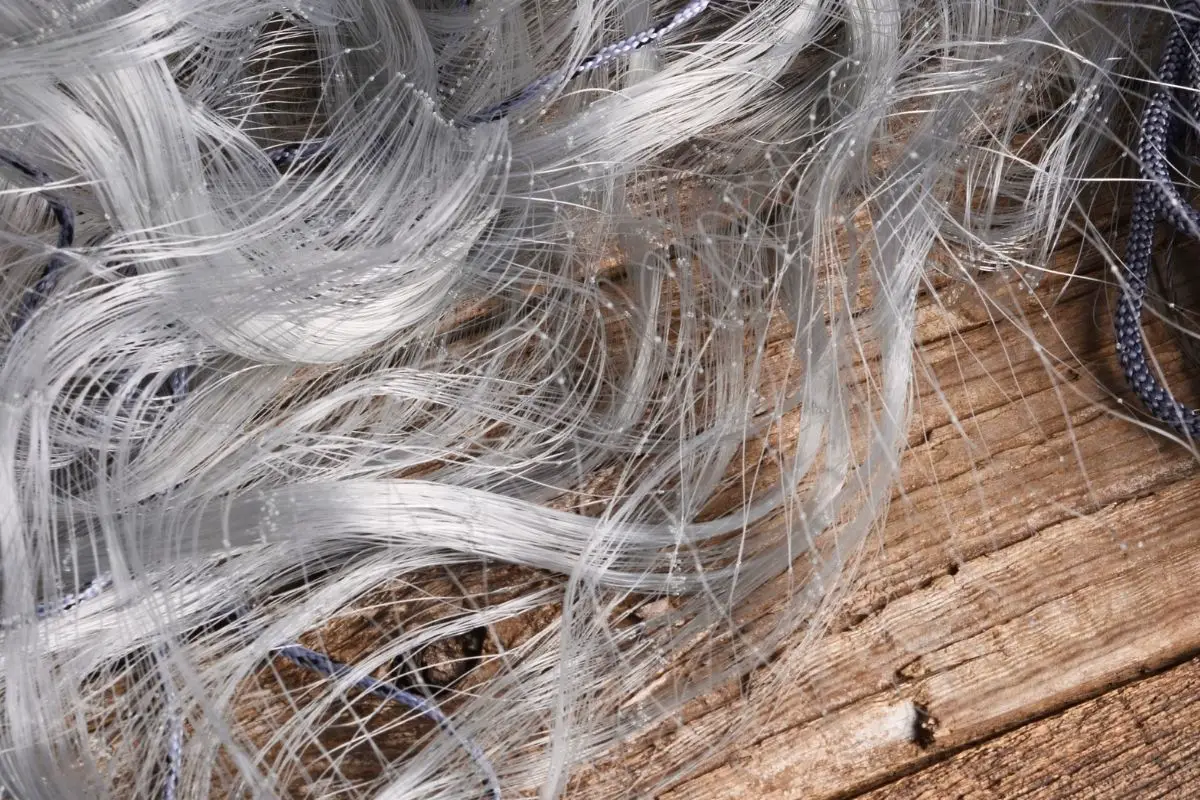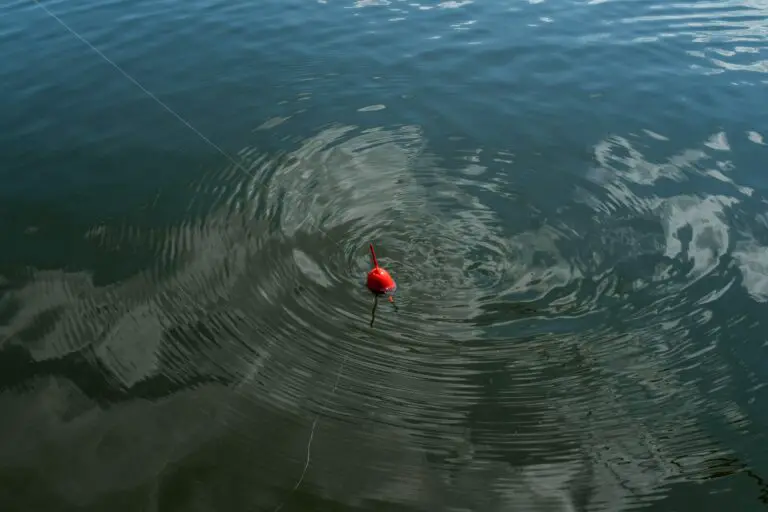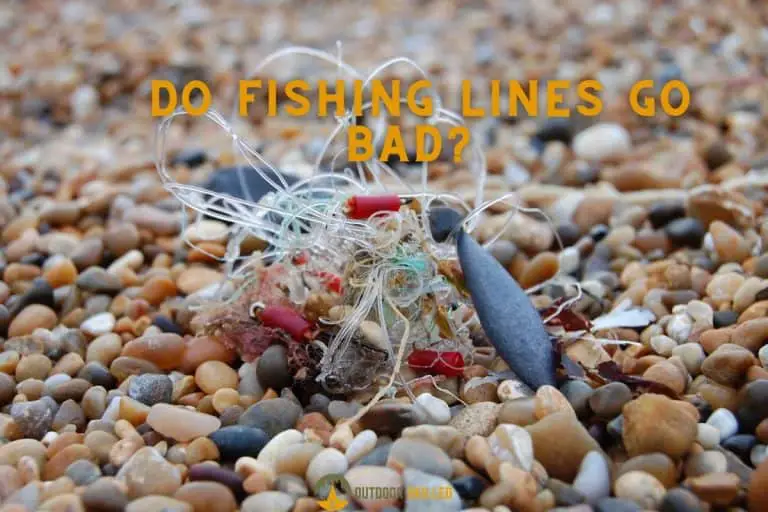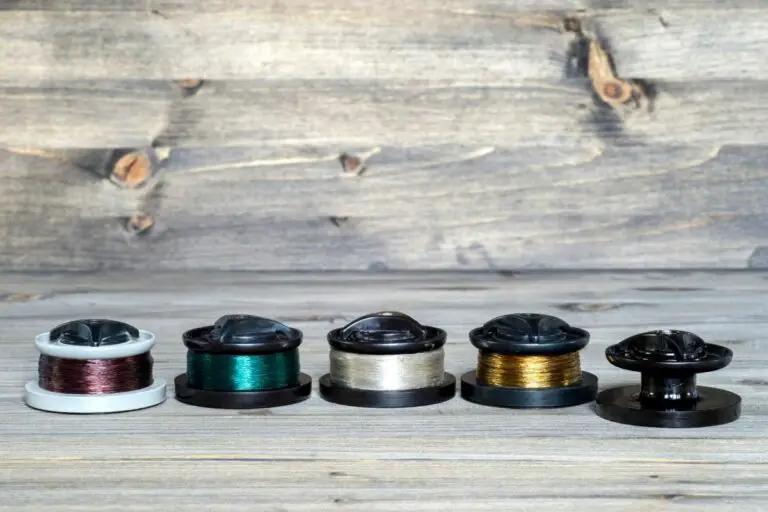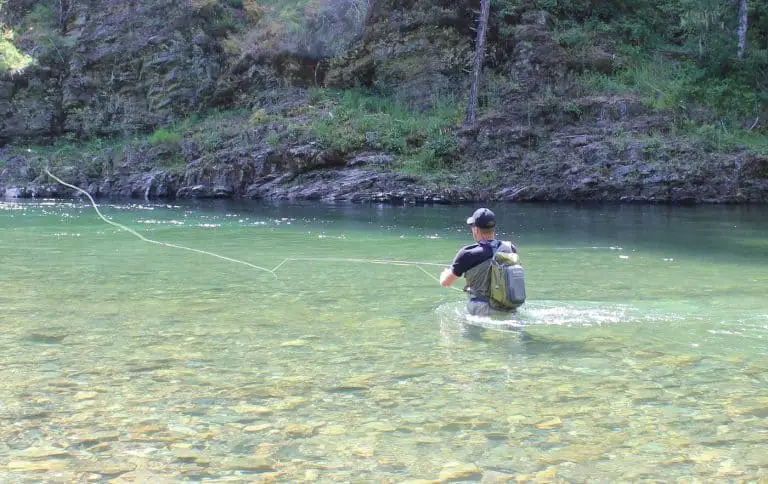Why Is Your Fishing Line Fraying? 4 Tips to Prevent Line Fraying
Fishing is a demanding activity that requires sturdy gear. The fishing line is a significant component of your fishing gear, and it’s usually prone to certain damage that can hinder its performance, such as fraying.
It’s important to understand why your fishing is fraying to prevent it from happening.
So, why is your fishing line fraying? Your line is fraying due to a variety of factors, the most common of which is improperly packing or carelessly coiling a line so that it becomes tangled and scrunched up on the spool. Line fraying can also be caused by daily wear and tear when utilizing high drag levels.
Keep reading to learn more about drag fray, the causes of fraying lines, and how to properly care for your line to prevent fraying.
Table of Contents
What Is Drag Fraying?
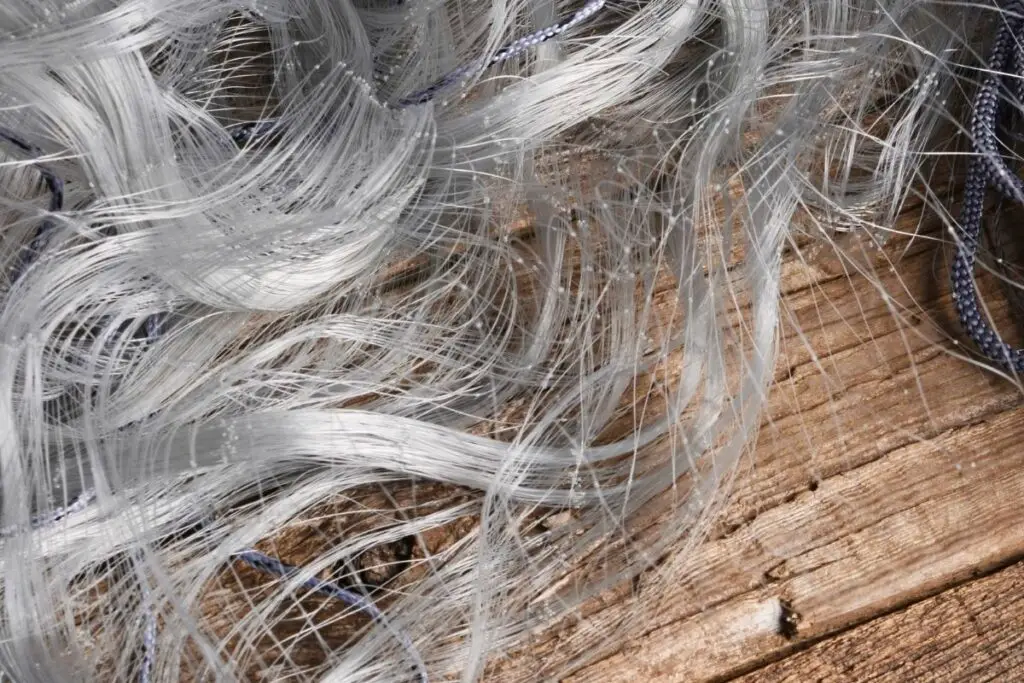
Your fishing line is susceptible to some damage that you might not be aware of. If you keep on using the line to fish, this damage will increase, and the line will eventually break, causing you to lose your catch.
There are various kinds of damage that can happen to the fishing line which affects whether the fishing line is still good for use.
Anglers use the term “drag fray” to describe a specific form of damage that happens while using the fishing line which causes the line to unravel or break.
A variety of factors can cause drag fray, the most common of which is improperly packing or carelessly coiling line, which causes it to become tangled and scrunched up on the spool.
We’ll discuss the main causes of drag fray in more detail.
Why Is Your Fishing Line Fraying? The Main Causes of Drag Fray
As mentioned before, drag fray can be caused by a variety of factors, including:
- Reeling the bait/lure back too quickly will cause the line to become poorly stacked on the spool, which will cause severe coiling.
- Attempting to level wind too forcefully will cause the line to go over the spool too quickly, which will lead the line to develop Xs on the spool or get clustered up in the middle or on the edges.
- Releasing the line and running it up the outrigger might cause it to become loose because the spool will continue to spin slightly after the outrigger clip stops pulling the line from the spool. This could also happen with the clicker on the spool switched on.
- Having a loose line on the spool could lead to reeling in knots, increasing line tension, and eventually line fraying and breakage, especially when there’s a struggle with larger fish species.
How To Avoid Fishing Line Fraying?
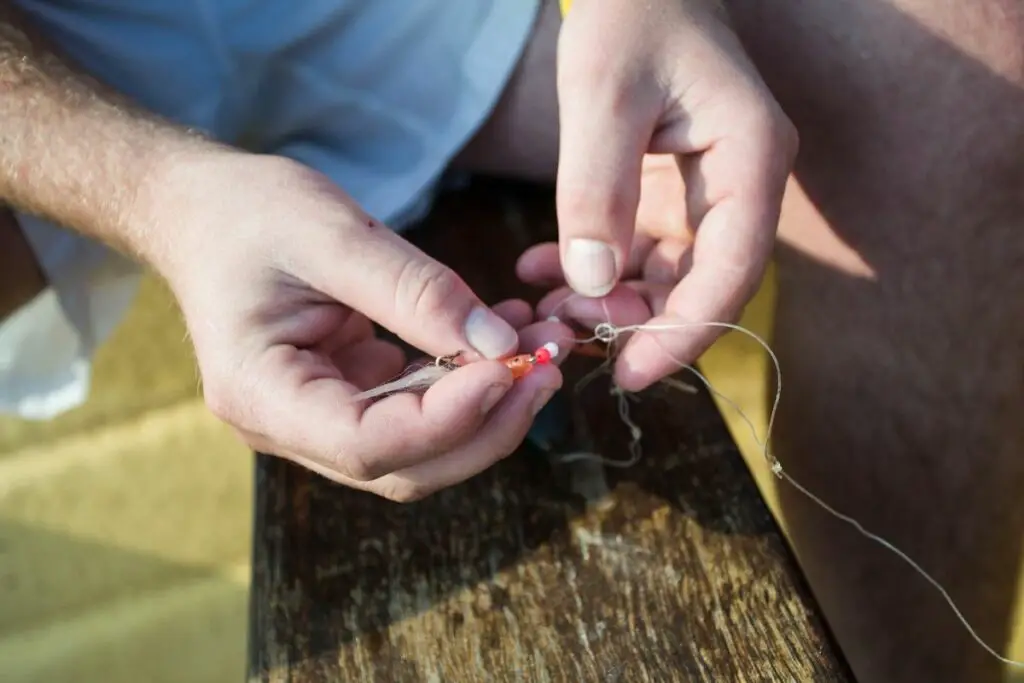
The following are a few tips you could follow in order to avoid fraying of fishing line:
Tip 1 – Prevent Improper Stacking
When retrieving a bait or lure, squeeze the line tightly between your left-hand fingers a few inches in front of the spool to prevent it from stacking improperly on your spools.
If the rod is in a rod holder, you may securely grip the line with three or four fingers and the palm of your hand, assuring that it is tidy, tight, and equal as it is wound onto the spool.
Tip 2 – Squeeze the line as you reel it
Simply squeeze the line between your thumb and forefinger while standing and holding the rod. You may continually check for frays by pressing the line as it flows in.
Pull some line from the rod end after running the line up the outrigger till the line flowing off the spool is snug. Squeeze the line and wound the loose line neatly and tightly onto the spool.
Tip 3 – Pile the line correctly
Pay special attention to how you pile the line when retrieving a fish.
Try to avoid the formation of large Xs on the spool while level winding, and don’t gather up the line in one place, particularly at the edges.
A reasonable rule of thumb when level winding by hand is that it should take a few spins of the handle to move the line a third of the way over the spool.
Tip 4 – Rope Whipping
Rope whipping is a classic procedure that involves firmly wrapping flax string around the tips of the line.
This prevents the line from fraying and results in a neat and polished appearance. It is suitable for sealing both natural and synthetic ropes.
Related Questions
What Is a Frayed Line?
Line fraying is a kind of damage that happens to the line as it gets twisted against its weaving, causing it to unravel at the ends. This is a common problem with fishing lines, especially braided lines. However, it can be avoided by spooling the line properly on the reel and maintaining it regularly.
What Is Line Twist?
Line twist is a kind of damage that happens to the line that causes it to spin around in a tight spiral. The problem is less noticeable when the line is rigid. However, it will be more apparent once you let the line loose. If it’s not fixed, it will significantly hinder the performance of the angler.
Why Does Your Fishing Line Keep Snapping?
Your fishing line keeps snapping because you’re not spooling it correctly over the reel. Connecting the lure to the line before spooling, then spinning the reel tight will cause the line to become too snug. Over time, a weak area will develop the line over time, leaving it prone to snapping.
How Often Should You Change the Line on Your Fishing Reel?
You should change the line on your fishing reel once or twice a year on average. It will depend on several factors, such as the type of line you’re using, the frequency at which you use the line, the conditions of the water you’re fishing in, and finally, how well you maintain and store your line.
How to Prevent Your Fishing Line from Coming Off the Reel?
To prevent your fishing line from coming off the reel, you need to secure it to the spool by taking the tag end of the line, then attaching it to the reel with a simple knot. You also need to make sure you’re spooling the line in the right direction while maintaining appropriate tension.
Helpful Resources
These Are The Fishing Lines I Absolutely Love
- After Testing endless brands and varieties, these are the best Fluorocarbon lines, these are the best Braided lines, and these are the best monofilament fishing lines.
- These are the best Ice Fishing Lines for your money
- These are the fly fishing lines that have never let me down.
- Targeting Trout? These are the best fishing lines for trout. For Bass, use these bass fishing lines.
- Not sure which fishing line to use? Check out these comparisons:
- Going Crappie Fishing? These Crappie Fishing Lines outperform everything else (and their price!)
If you like this article, please share it or pin it, you can find the share buttons below. We will really appreciate it ❤️

